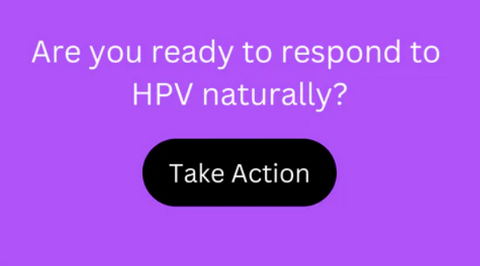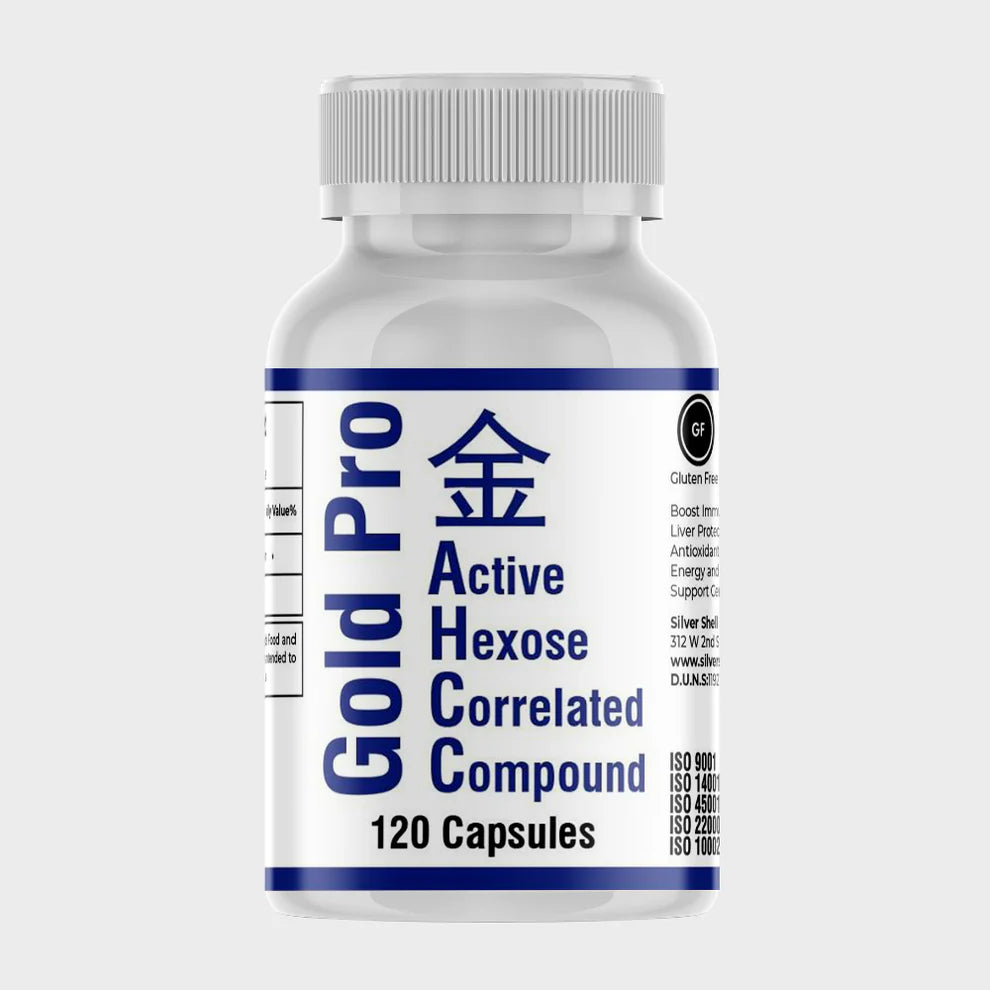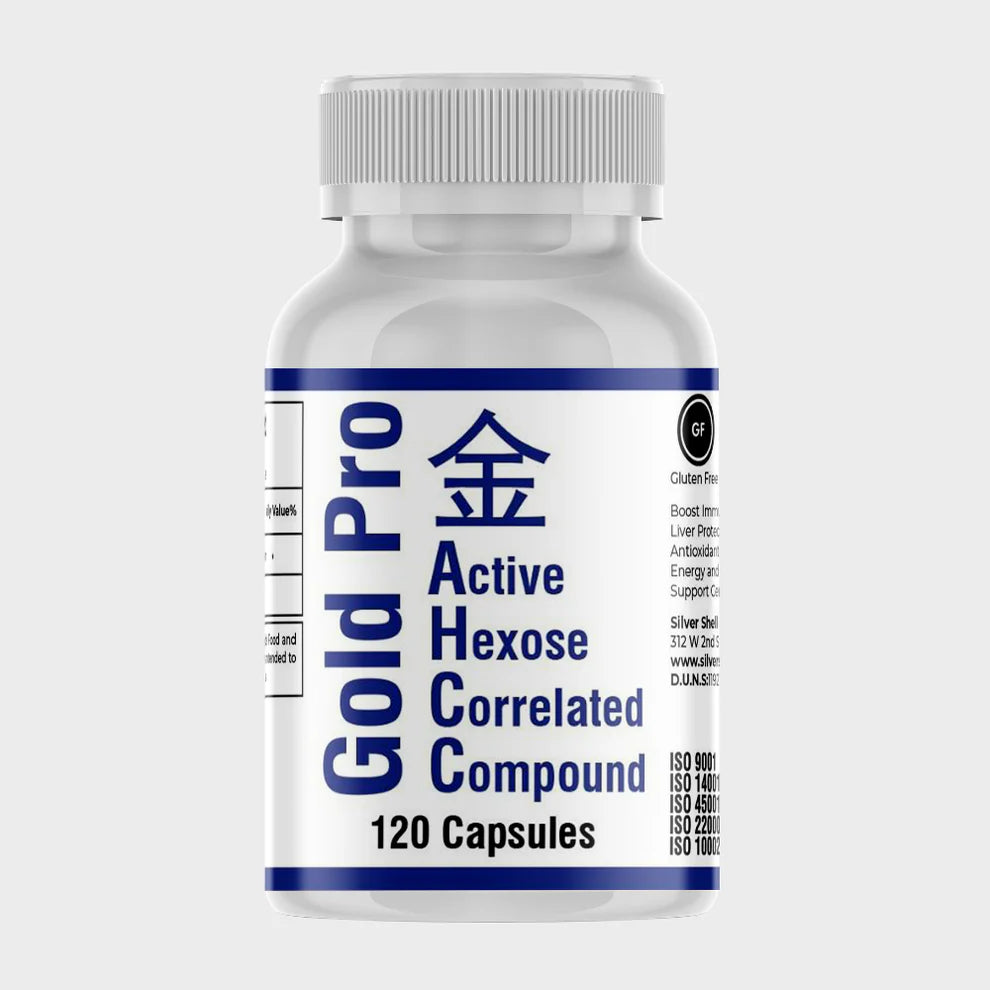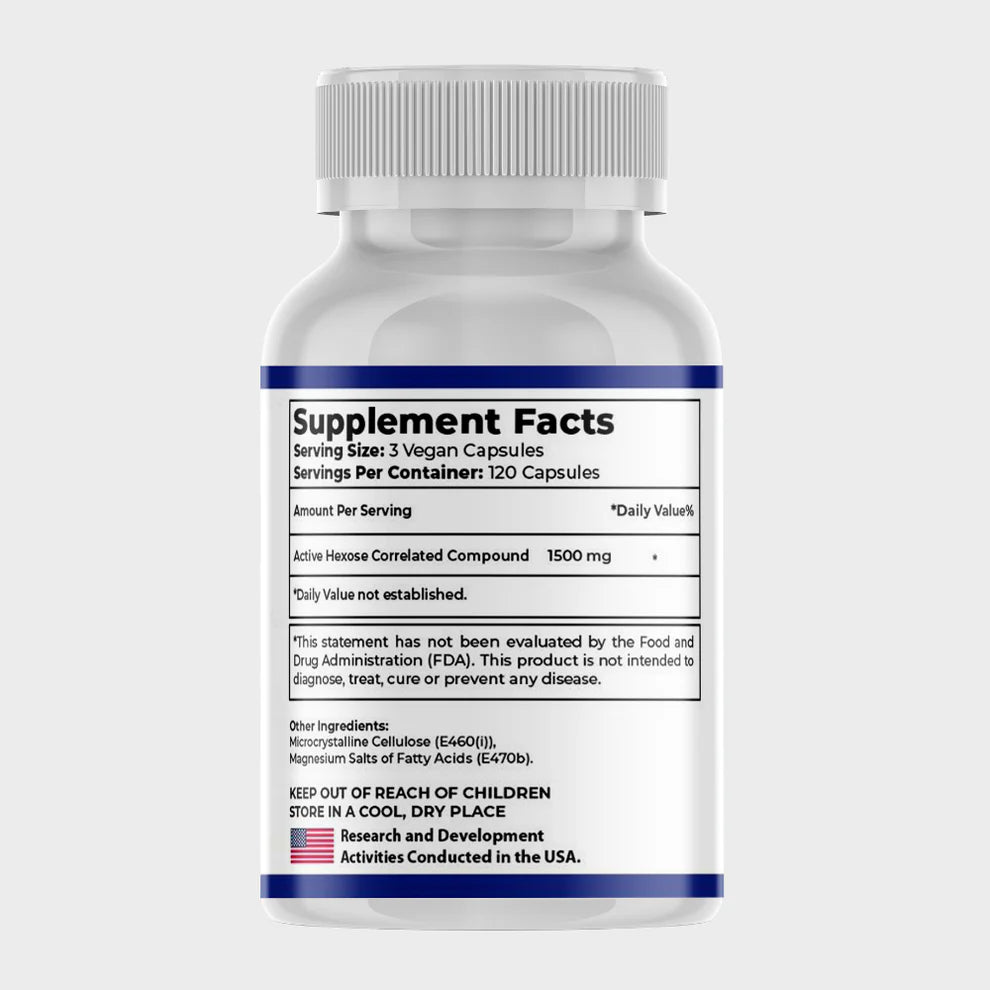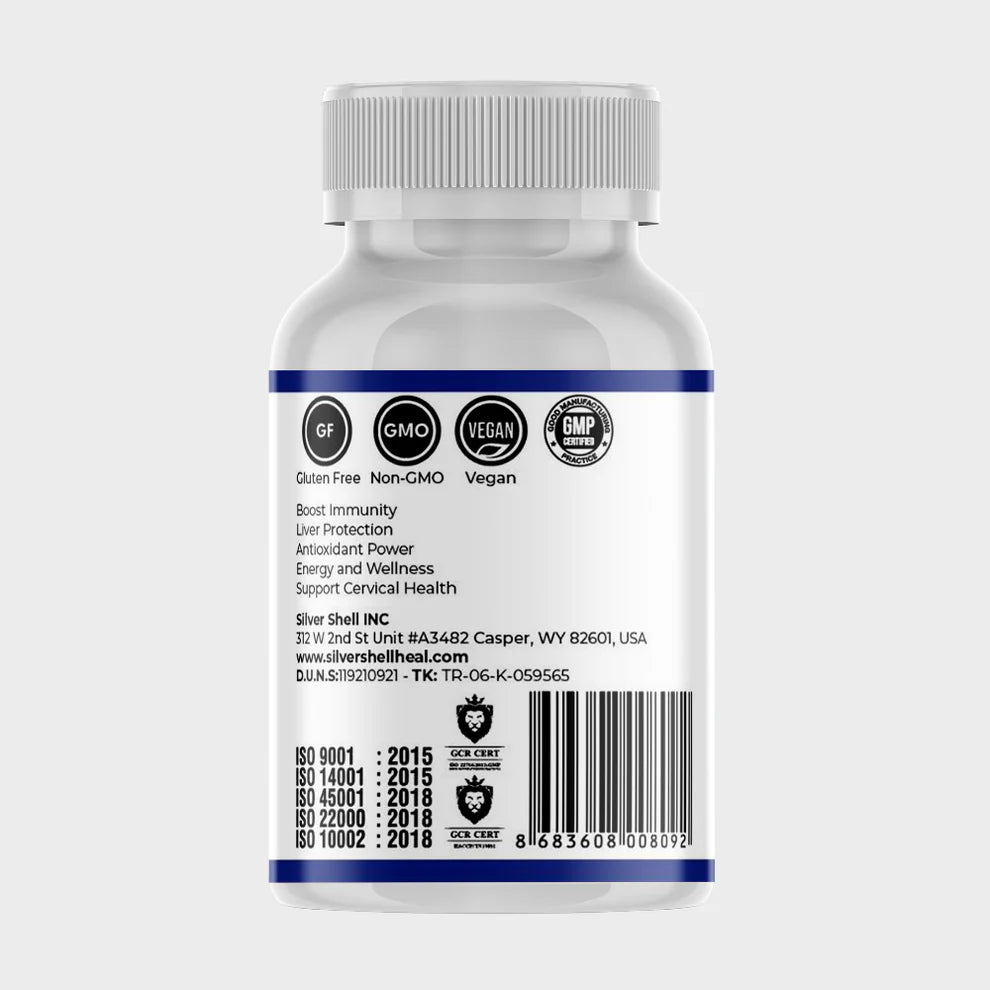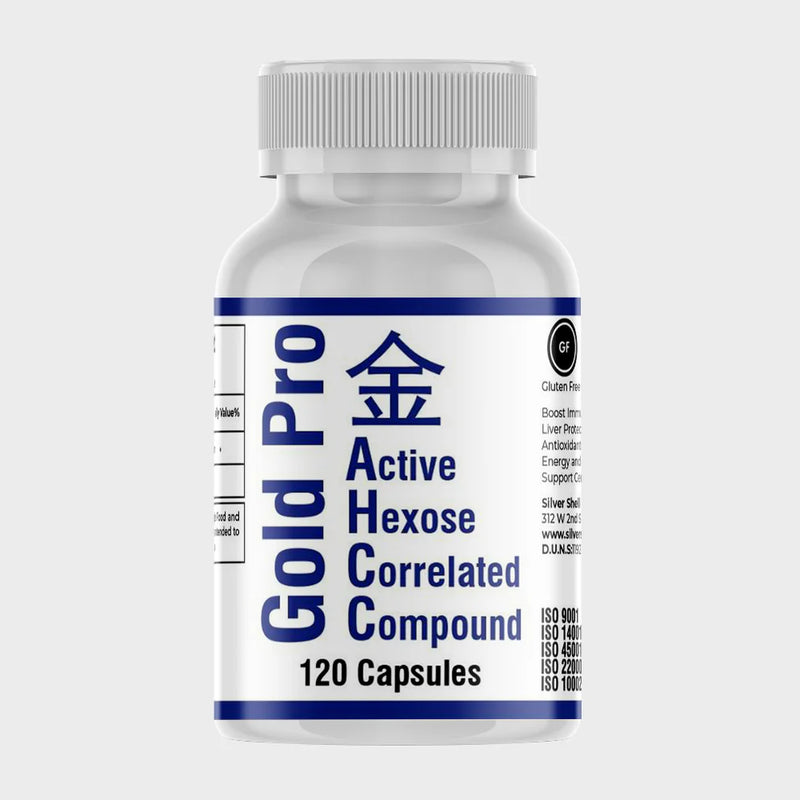Human Papillomavirus (HPV) affects numerous individuals, and the question arises: can HPV be contracted without engaging in sexual activities? In this article, we delve into HPV transmission and explore non-sexual means through which the virus can spread.
Understanding HPV Transmission:
-
Sexual Contact: HPV primarily spreads through sexual activity involving vaginal, anal, or oral sex. Genital-to-genital contact and skin-to-skin contact in the genital region pose risks of HPV transmission, especially with an infected partner.
-
Skin-to-Skin Contact: HPV can also spread through skin-to-skin contact, particularly in areas not covered by condoms or dental dams. Hand-to-genital or hand-to-anal contact can lead to transmission, making intimate physical contact with an infected person risky.
-
Non-Sexual Intimate Contact: Non-sexual, close contact, such as hugging, kissing, or sharing personal items, may also result in HPV transmission. While the likelihood is lower than through sexual activity, caution is essential, especially when visible genital warts are present.
-
Mother-to-Child Transmission: Rarely an HPV-infected mother can transmit the virus to her baby during vaginal childbirth, known as perinatal or vertical transmission.
- Object Contamination: HPV does not survive for extended periods on surfaces, minimizing the risk of transmission from contaminated objects or surfaces.
Dispelling Common Myths:
Myth 1: HPV is Only Sexually Transmitted
Although sexual activity remains the primary transmission mode, HPV can spread through various non-sexual means, as discussed above. Understanding these modes of transmission is crucial for making informed decisions about personal and sexual health.
Myth 2: Public Facilities Pose a Risk of HPV Transmission
Contracting HPV from public facilities like swimming pools or toilets is highly unlikely as HPV requires direct skin-to-skin contact for transmission, which is uncommon in such environments.
Myth 3: Sharing Personal Items Can Spread HPV
Sharing personal items like clothing, towels, or utensils is not a typical route of HPV transmission. However, maintaining good personal hygiene is always advisable to minimize potential risks.
Myth 4: HPV Infection Equals Promiscuity
HPV contraction does not reflect an individual's sexual behavior or morality. HPV is prevalent, and many sexually active individuals may contract it eventually. Regular screening, vaccination, and open communication with partners are essential for reducing the risk and managing the virus.
The Importance of HPV Vaccination:
Vaccination is critical in preventing HPV infection, regardless of sexual activity. The HPV vaccine is safe and effective, protecting against several high-risk HPV strains. Health authorities recommend it for both males and females, typically administered during the preteen years, with catch-up vaccinations available for those who missed the early window.
FAQs:
Q1. Can You Get HPV from using public facilities like swimming pools?
No, contracting HPV from public facilities like swimming pools or toilets is highly unlikely, as HPV requires direct skin-to-skin contact for transmission.
Q2. Can sharing personal items lead to HPV transmission?
Sharing personal items such as clothing, towels, or utensils does not typically result in HPV transmission. However, maintaining good personal hygiene practices is essential.
Q3. Can HPV be passed from mother to child during childbirth?
Yes, in some cases, an HPV-infected mother can transmit the virus to her baby during vaginal childbirth. However, such cases are relatively rare.
Q4. Is it possible to get HPV from a contaminated surface?
HPV is not known to survive for long periods on surfaces, minimizing the risk of transmission from a contaminated object.
Conclusion:
In conclusion, HPV transmission is not limited to sexual activities alone. Understanding how the virus spreads is crucial for practicing safe behaviors and preventing infections. HPV vaccination is paramount as it protects against several high-risk strains.
Let's debunk the myths surrounding HPV and create a supportive environment where open discussions about sexual health can thrive. Regular screenings, vaccination, and responsible sexual behavior can significantly reduce the prevalence of HPV and promote overall well-being. Remember, staying informed and making educated choices are potent tools in the fight against HPV.


